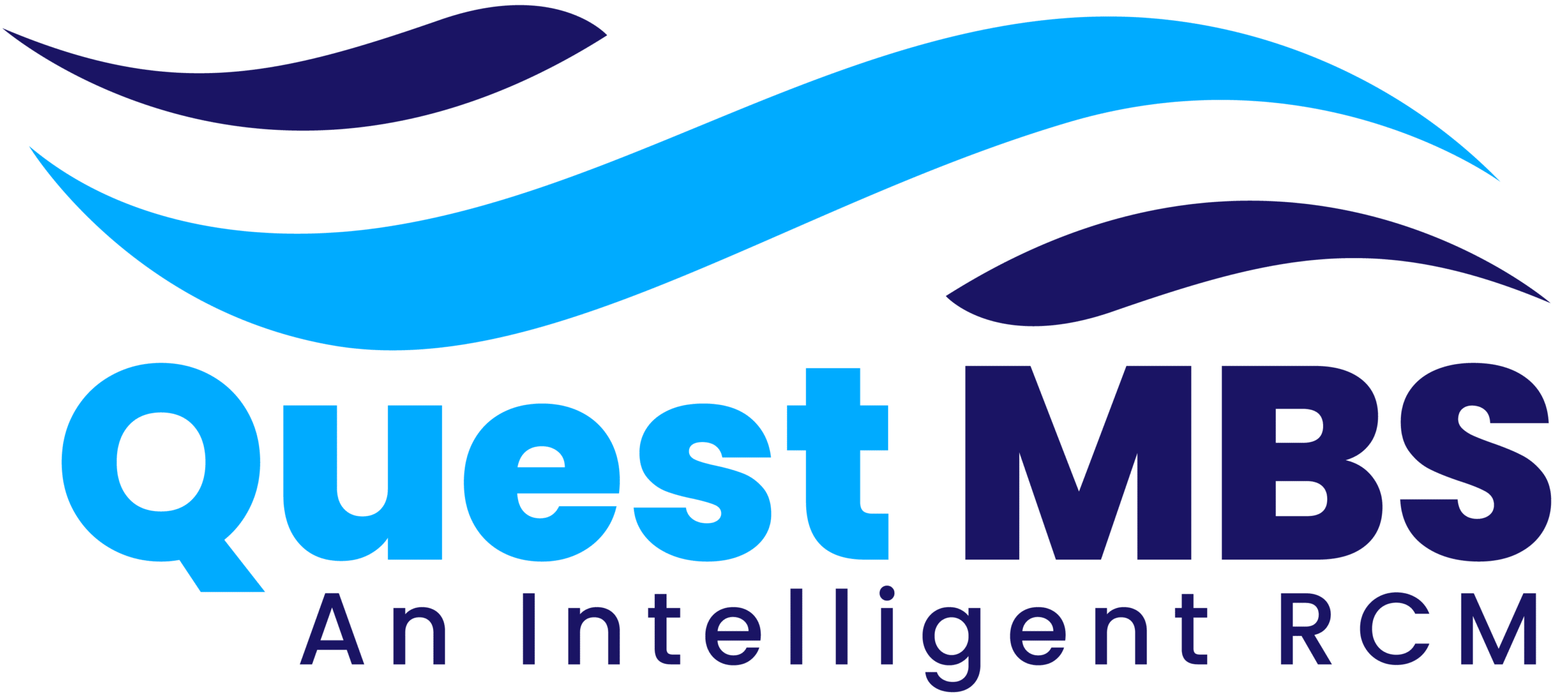Introduction
Pricing medical billing services competitively is crucial for attracting healthcare providers while ensuring consistent profitability. The medical billing industry is highly competitive, ranging from freelancers to large billing companies. To succeed, you must establish pricing that aligns with market demand, service value, industry standards, and operating expenses.
In this guide, we’ll explore the most common pricing models in medical billing, cost analysis techniques, competitor research strategies, and proven methods to maintain profitability. Whether you’re launching a new billing service or updating your pricing structure, this article will help you build a fair and sustainable pricing strategy.
Step 1: Understand Industry Pricing Models for Medical Billing Services
There are four widely used pricing models in the healthcare billing industry. Understanding each will help you select the most profitable and client-friendly option.
1. Percentage-Based Pricing
- How It Works: A percentage is charged on total collections from insurance and patients.
- Industry Average Rates: 4% to 10% per collection based on specialty and volume.
Pros:
✔ Scalable – earnings grow with client success
✔ Encourages accurate and speedy claim processing
Cons:
❌ Revenue may fluctuate
❌ Some clients prefer fixed pricing
2. Flat-Fee Per Claim
- How It Works: A fixed rate is charged for every processed claim.
- Average Fees: $3 to $10 per claim.
Pros:
✔ Transparent and predictable pricing
✔ Ideal for small practices
Cons:
❌ Can be less profitable with low claim volume
❌ Large practices may opt for percentage-based plans
3. Hourly Rate Billing
- How It Works: Clients are billed hourly for services.
- Typical Rates: $25 to $75 per hour.
Pros:
✔ Perfect for freelancers or temporary support
Cons:
❌ Less scalable
❌ Clients may avoid variable costs
4. Monthly Subscription (Retainer Model)
- How It Works: Clients pay a fixed monthly fee for all billing services.
- Standard Rates: $1,000 to $5,000+ per month.
Pros:
✔ Guaranteed recurring income
Cons:
❌ Not suitable for fluctuating practices
Step 2: Analyze Your Medical Billing Business Costs
To ensure profitability, calculate your fixed and variable expenses before finalizing your pricing structure.
Common Fixed Costs
✔ Medical billing software ($100–$500)
✔ Clearinghouse fees ($0.25–$0.50 per claim)
✔ Licenses and certifications
✔ Office rent or utilities
Variable Costs Per Client
✔ Hiring or outsourcing assistance
✔ Mailing, printing, or faxing documents
✔ Additional reporting tools
Your prices must cover all expenses while generating profit.
Step 3: Research Competitors for Benchmark Pricing
Knowing what other medical billing companies charge helps you stay competitive.
Ways to Research Pricing:
✔ Visit competitor websites
✔ Check medical billing forums and Facebook groups
✔ Browse pricing on Upwork or Fiverr
✔ Ask healthcare providers about their current billing rates
Step 4: Adjust Pricing Based on Client Type and Market Demand
Not all healthcare providers require the same billing support.
| Client Type | Preferred Pricing Model | Billing Complexity |
|---|---|---|
| Small Clinics & Solo Doctors | Flat-fee or subscription | Low volume |
| Large Hospitals & Clinics | Percentage-based | High volume |
| Specialty Providers | Premium pricing | Moderate to high |
Offering niche billing expertise allows you to charge higher rates confidently.
Step 5: Choose the Best Pricing Strategy for Your Medical Billing Business
- New Billing Companies: Start with flat-fee or hourly billing.
- Growing Service Providers: Use percentage-based revenue sharing.
- Established Agencies: Switch to monthly retainers for recurring income.
Example Medical Billing Pricing Structure:
✔ Solo provider → $6 per claim
✔ Mid-size practice → 6% of collections
✔ Large organization → 4% of collections
Step 6: Offer Custom and Tiered Pricing Packages
Providing flexible plans attracts a wider range of clients.
| Package | Services Included | Suggested Rate |
|---|---|---|
| Basic | Claim submission only | $5 per claim |
| Standard | Billing + follow-ups | 6% of collections |
| Premium | Full RCM services | 8% of collections |
Step 7: Justify Your Pricing with Value-Added Medical Billing Services
Highlight the benefits that set your business apart:
✔ Faster claim approvals and reduced denials
✔ HIPAA-compliant and secure processing
✔ Detailed reporting and analytics
✔ Personalized account management
Step 8: Monitor and Adjust Pricing Regularly
Review your rates every 6–12 months based on:
✅ Rising operating costs
✅ Expanded service offerings
✅ Market competition
Step 9: Clearly Communicate Pricing to Clients
✔ Provide written pricing breakdowns
✔ Explain charges in simple terms
✔ Offer free consultations before finalizing
Conclusion
Setting competitive pricing for medical billing services requires a balance between market trends, operating expenses, and client expectations.
✔ Startups should begin with flat-fee or hourly plans
✔ Growing billing companies benefit from percentage-based pricing
✔ Established firms thrive using monthly subscription models
By researching competitors, offering flexible plans, and delivering value-driven services, you can attract more clients and build a profitable medical billing business.







